The damper metroidvania of the indie scene arrives on Nintendo Switch: discover the depths of Pronty in our review of the port
Don’t look bad at us for the title of the review: in the case of the arrival on Nintendo Switch from Pronty, the only alternative was to ask, “Who’s speaking?”… better avoided, right? From time to time, titles also arrive quietly in the editorial office on whose merits the developers themselves are eager to have a verdict. And this is the case of the latest arrival of Happinetwith the complicity of the development teams 18Light Game, FunZone Games e Joy Brick. If we were to talk about the muses behind this title, however derivative (in a good way) the indie scene is, we would be talking about the animated film Luca and the gaming titans Bioshock and Dark Souls.
In reality, the most correct comparison would be to do with another pearl, which does not boast the pomposity typical of Triple A. If you ever played Owlboy, you would know what to expect if we told you to imagine swimming instead of the free flight of the aforementioned title. Because in terms of gameplay and narrative breadth, the tangible atmosphere in both has points in common. Let’s be clear: comparisons with Owlboy in the first paragraph, if they don’t make our subject of today’s scrutiny a fault, already suggest that he is faced with a product well above the sufficiency. And Pronty is.
Twenty Thousand Quarrels Under the Sea – Pronty Review (Nintendo Switch)
Let’s start from a fundamental premise for many of our compatriots, before proceeding further: Pronty is, when writing the review, completely in English. Which, although it is not a deterrent for the purchase, inevitably affects the enjoyment you could get from the game. There plot, albeit without sharing the same nihilistic bitterness of the trend, takes up the typical scenario from Souls-like: we are alone against the survivors in a world in ruins. The dialogues are not lacking, however, just as the game does not fail to take itself too seriously. The premise won’t take us long.
In practice, as an underwater guardian, the eponymous Pronty (whose appearance depends on the skin chosen at the beginning of the game, which can be changed later) must investigate the further wreckage towards which the decaying underwater paradise will end in about 400 years. Contrary to Souls-like, however, the narrative does not focus solely on our ability to reconstruct a mosaic. This does not prevent the game from keep silent about the details until we put them back together. The final result is of great atmosphere: the introductory cutscene of the “new Atlantis in ruins”, Royla, was able to make us jump audibly.
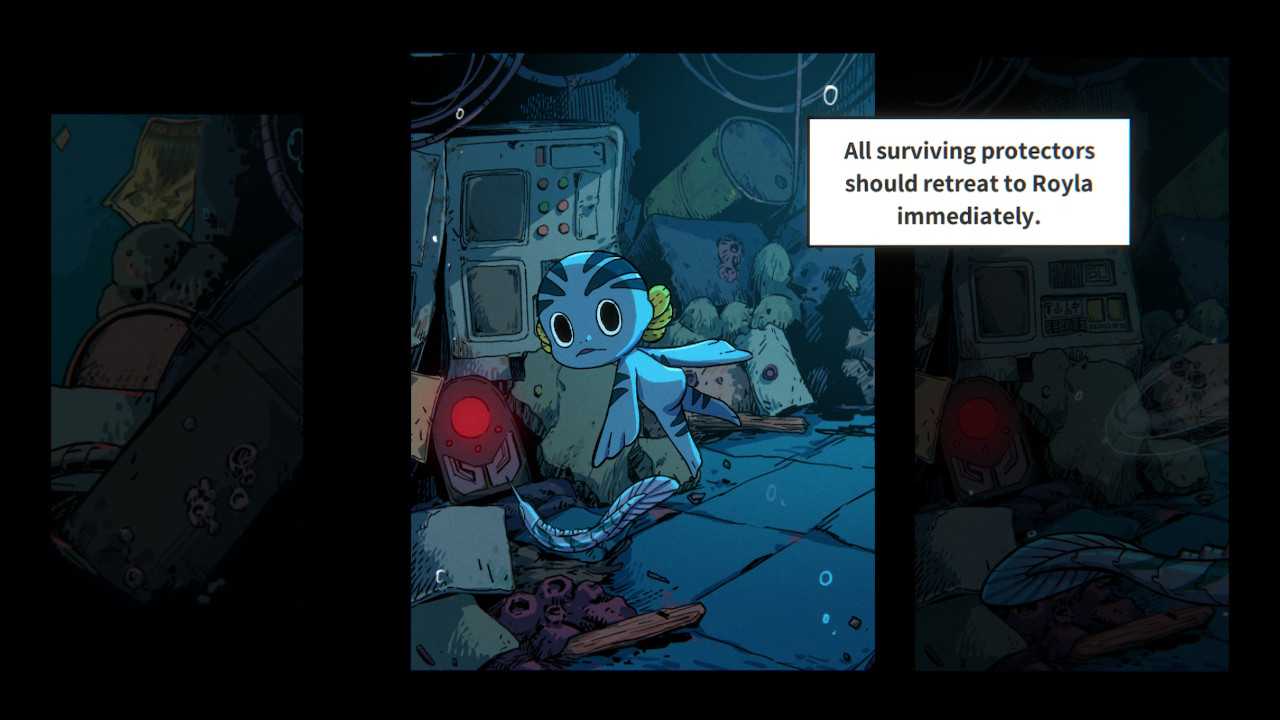
Sea Owls – Pronty Review (Nintendo Switch)
If we mentioned Owlboy as a “true” comparison, though, there’s also a reason in fact to gameplay. Movement management depends, also in this case, on the simultaneous use of both analog sticks: the one on the left governs the movements, while the right deals with the direction in which we look. Swimming, apparently, can impoverish the gameplay loop of its undoubted metroidvania identity, but don’t be fooled: the trappings of the genre are all present, none excluded. Simply, the first moments of gameplay come to terms with the unusual game formula that is proposed to us.
The introduction to the rudiments of the gameplay during the tutorial it is in fact very gradual; you will not have the possession of all the qualities of the protagonist before the latter is (literally) outside his usual comfort zone. The various basic techniques are therefore unlocked over time, with the next option to enhance them by experimenting with the equipment. In movement, the game offers you a good arsenal; it will be up to you to understand which move is destined to become your greatest strength. Once you find the matching upgrade, you can adjust accordingly. A good compromise, therefore.
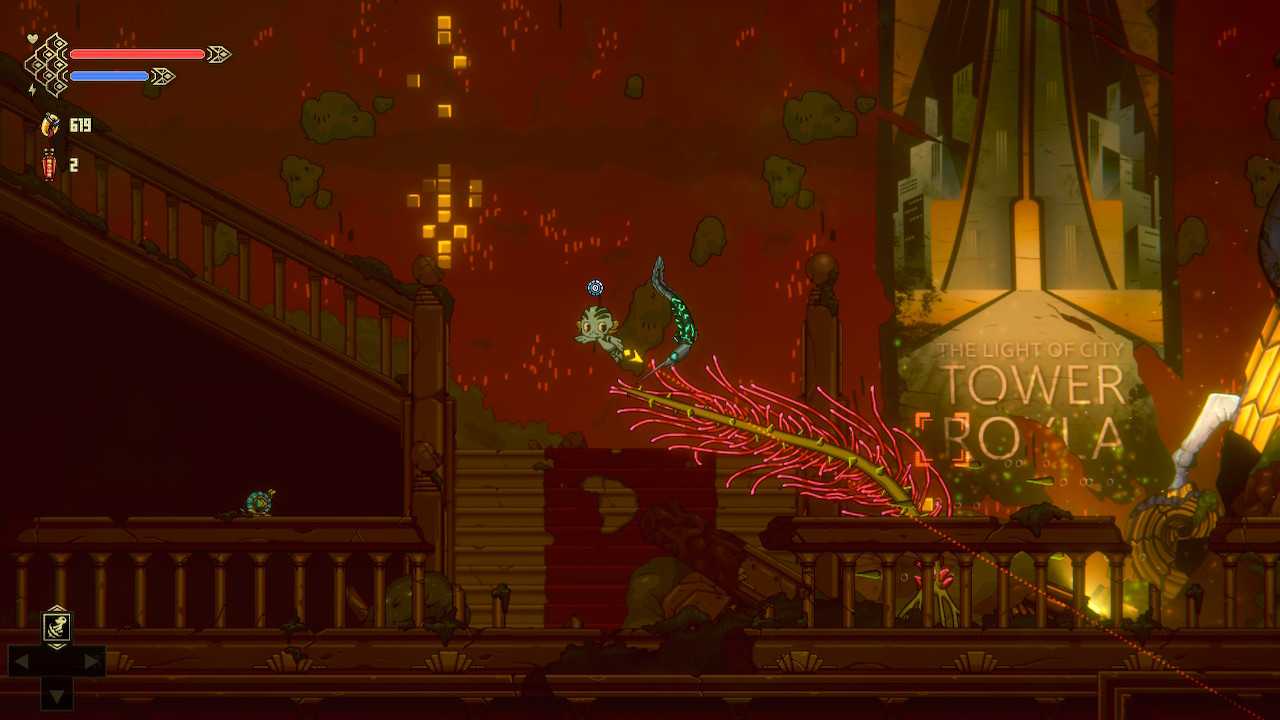
Nothing to Grumble About – Pronty Review (Nintendo Switch)
It goes without saying that, if you have to operate two levers just to move, self-defense depends a lot on the back buttons (fortunately mappable). Triggers are becoming increasingly important in the console gaming environment: traditionalists like yours truly may disagree, but to be honest, getting used to the gameplay takes a moment. The robotic eel Bronte it will be your remote-controlled sword: the right trigger acts as the primary attack button, and in fact at the first press the trusted ally (as well as the voice of reason for the silent protagonist) will lash out against the enemy. A principle similar to Cream and Cheese in Sonic Advance 2, so to speak.
The combat system soon evolves to make Bront also a rotating shield, which in combination with Pronty’s dodge becomes a rolling attack. In short, individual moves reward those who manage to make the most of them, especially if in tandem. Of course, the fact that Bront is also his own character also means having to call him with a button in case he ends up wandering around too much. Even the attacks must occasionally be measured: some techniques, such as the aforementioned rotating shield, lead the eel to overheat, leaving the protagonist temporarily defenseless.
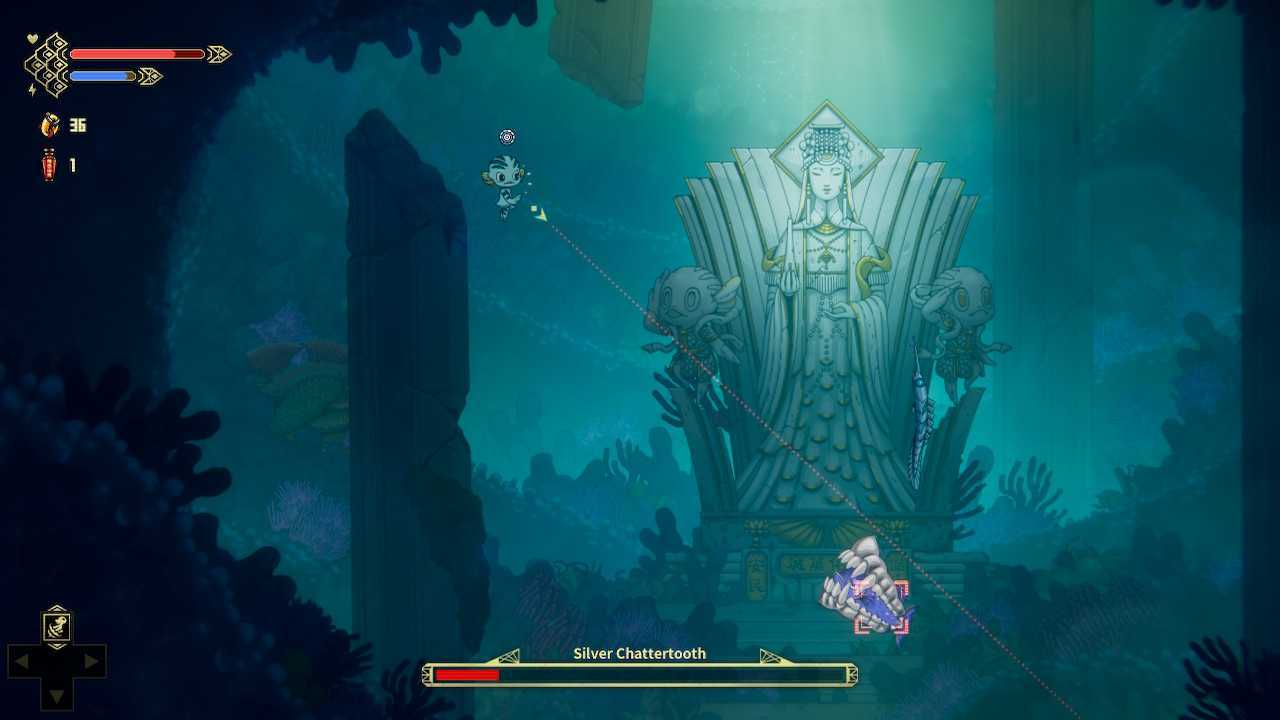
The contraption does not move – Review Pronty (Nintendo Switch)
Exploration of the game world, as required by the Souls-like with which we will deepen the comparison shortly, tends to justify any idea of gameplay with the surrounding world. For example, the classic situation of classic The Legend of Zelda with the room locked until every enemy dies finds an explanation here: the doors are designed to be opened from one side in the presence of an underwater guardian (but in the absence of enemies) , and on the other by pulling a lever. This allows the game to repeat the scenario every time you return to a given area of the map. And there are other similar mechanisms to discover.
In the more populated areas, then, there are bioluminescent algae capable of healing all enemies in the area, leading the player to have to face the vegetation first and the monsters only later. There strategy, in short, knows how to play a key role in exploration. The fauna of the game world has earned the presence of the in-game bestiary due to the great imagination of the developers: in a sort of environmentalist message between the lines, almost all enemies are a fusion of marine lifeforms and trash. The creatures range from fish fused with plastic bottles to shellfish that double as gummies.
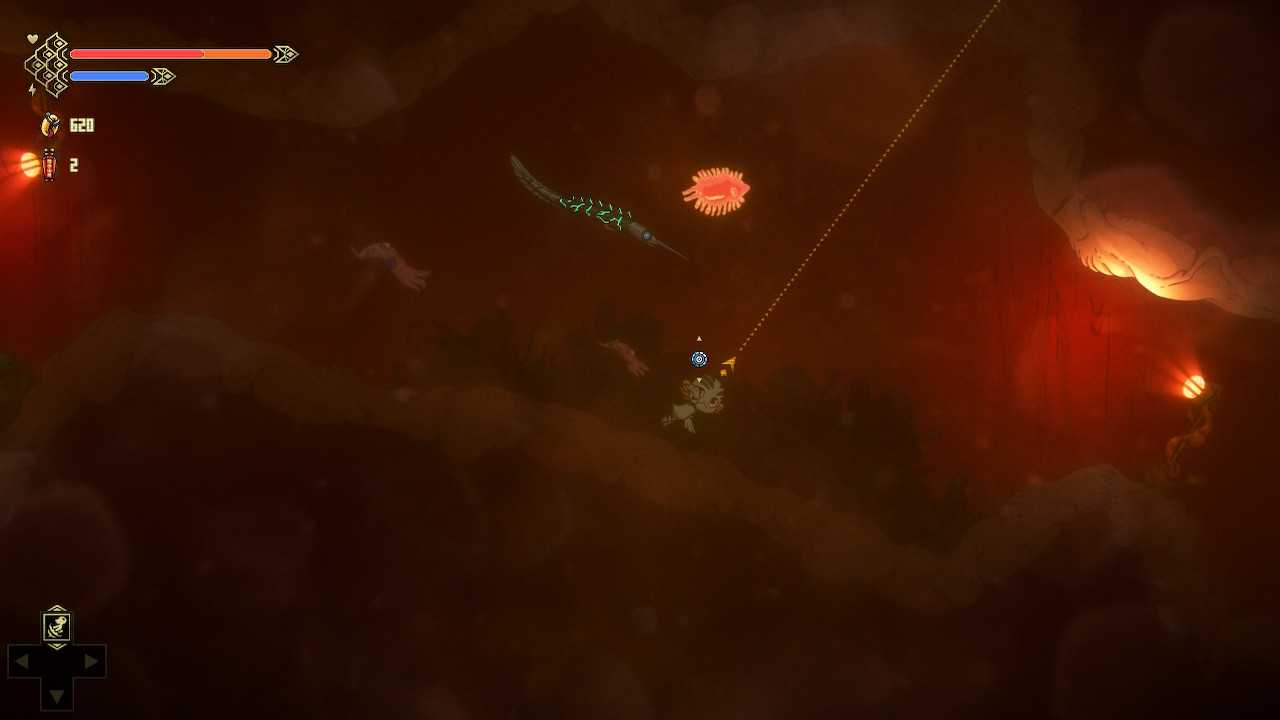
The Undead Fish – Pronty Review (Nintendo Switch)
Since Hidetaka Miyazaki’s games are 3D metroidvanias in all but name, let’s get rid of the elephant in the living room. The bars at the top left of the screen are exactly what they sound like: one for health and one for stamina (fatigue), both of which can be upgraded Zelda-style. Similarly, safe zones (“Outpost”, outposts) present a refreshment and rescue point where we can recharge our portable cures (such as the Estus Flasks) and, possibly, use the in-game currency (scrap metal) to repair the pipes and add each outpost to the stops of the fast travel .
Skills, regardless of their function (exploratory or combat-related), can be modified by equipping or removing chips, which in turn can occupy one or more of the slots to be expanded as the adventure progresses. Depending on one’s talents, the areas that can be accessed vary over time, which (whether or not) also leads to the unfortunately inevitable backtracking ritually. As we have already said, fast travel is optional: by paying out 50 “recyclables” (this is the name of the equivalent of coins) a duct is repaired. However, to quickly return to previous zones, it will become a necessity.
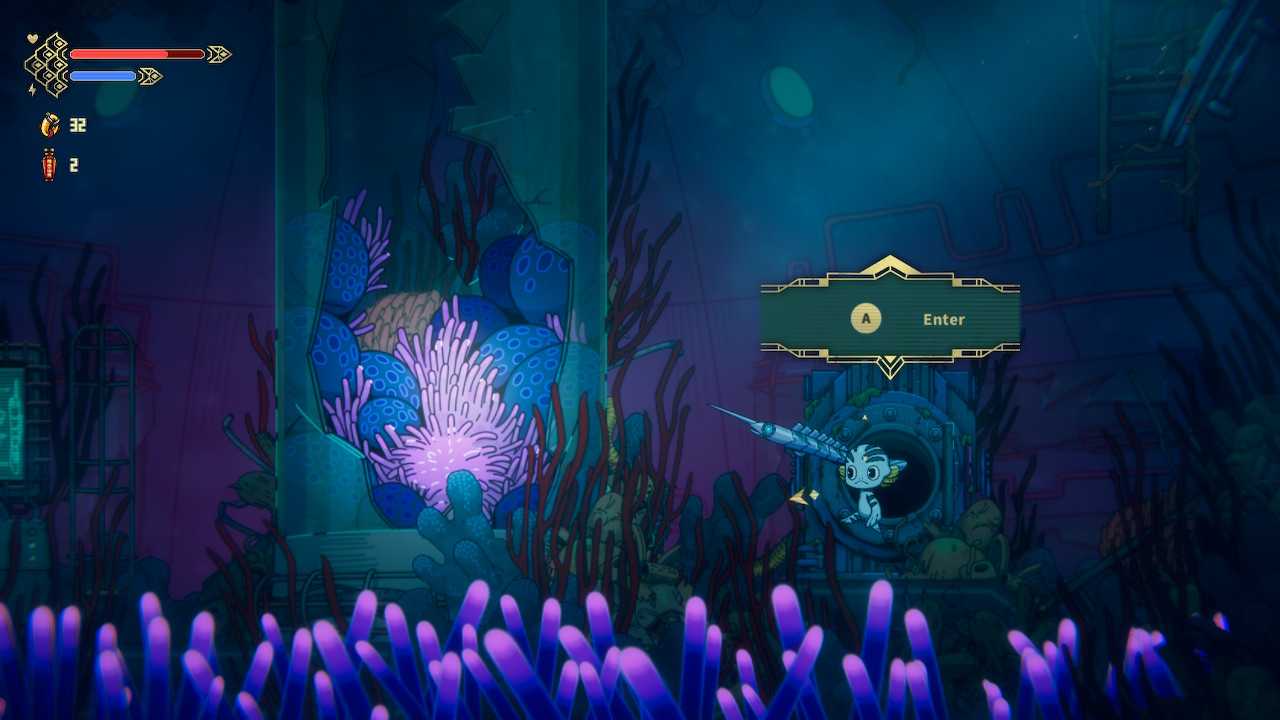
From the Pokédex to the lore-dex, the step is short – Review Pronty (Nintendo Switch)
We know that on Switch the Plus and Minus keys are the equivalent of Start and Select, but increasingly it is the second of the two that manages the actual pause menu. As for the Plus key, it has another role in the game: access to the Codexor the colossal inventory in which to consult the information accumulated on the game world. Memory Board shows us the chips in our possession, with Skills let’s look at the basic skills obtained up to that point, the description of simple tools is relegated to Inventory and finally, Map it allows us to consult how much of the map we have unlocked so far.
A separate mention for the sprawling Encyclopedia, which in turn contains five items. The aforementioned bestiary, Creaturesexpands for each character encountered or enemy defeated. Locations instead it describes the many areas of the underwater world in which the adventure is set, defining the various backgrounds in such a way as to be able to contextualize them only in front of the complete picture. Records it consists of a collection of records to collect, with which to consult what are implied to be transcripts of conversations that took place. Othersfinally, it contains the few exceptions absent in the other categories. Language can be strong in the most unexpected moments.
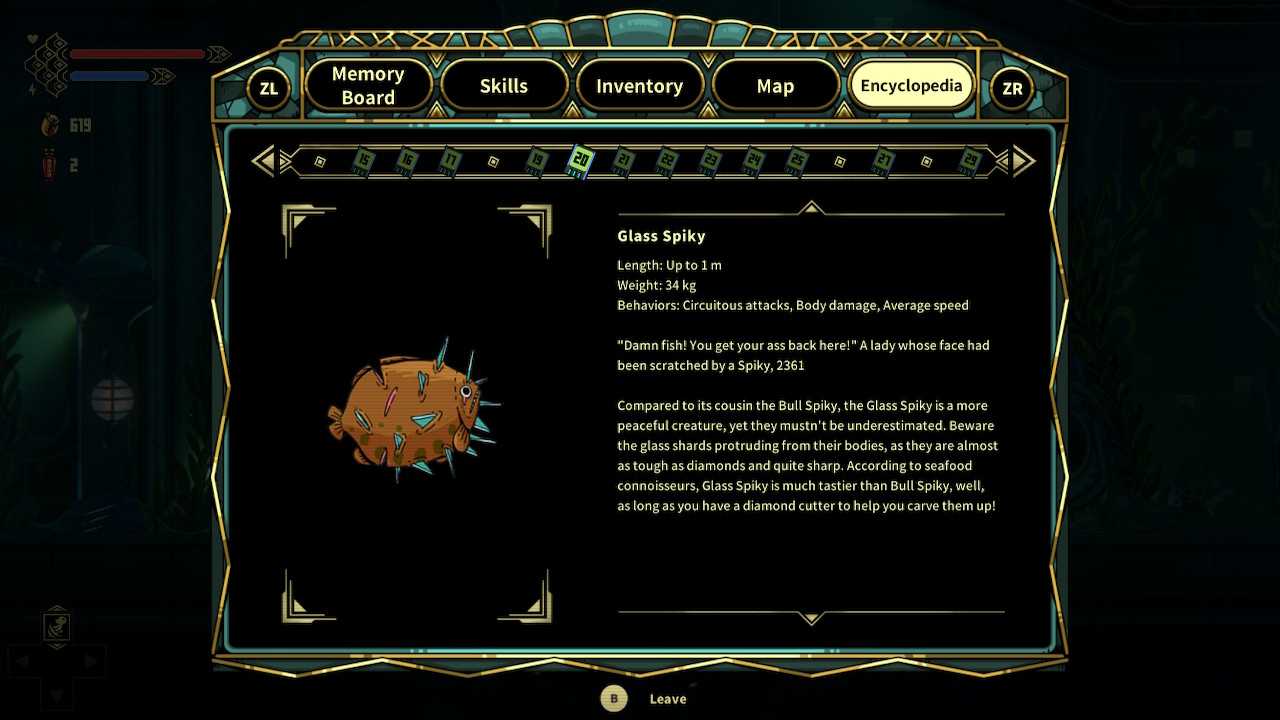
A Difficult Situation to Evaluate – Pronty Review (Nintendo Switch)
The game, so far, has its pros and cons. We very much appreciate being able to experience history with skin diverse, in such a way as to put the experience itself at the center and not the identity of one’s own (or one’s) personal Pronty. Not for this, however, the latter shine for their large number. On the contrary, the total amounts to five: two basic (SW-417 the female and ZX-921, star of our screens, the male), and three to unlock. One of them requires you to complete the mode Boss Rushwhich will come with a future update of the game, while the other two rely on our dedication.
Specifically, one requires the unlocking of the game’s secret ending, while the other requires finishing the adventure on the fourth and final difficulty level (ie Proteus, for which it is recommended to try the previous ones first: Raw Recruit, Sergeant and Protector). The title knows how to involve the player for the merits of him, which is why it leaves us a little taken aback to see him resort to this file to ensure a little extra longevity. In that sense, we much prefer the software’s internal achievement system, which in its lack of rewards is more honest about giving us a to-do list. For experimentation, the customization of skills is enough, much streamlined compared to the “lawyer” statistics of the Souls.
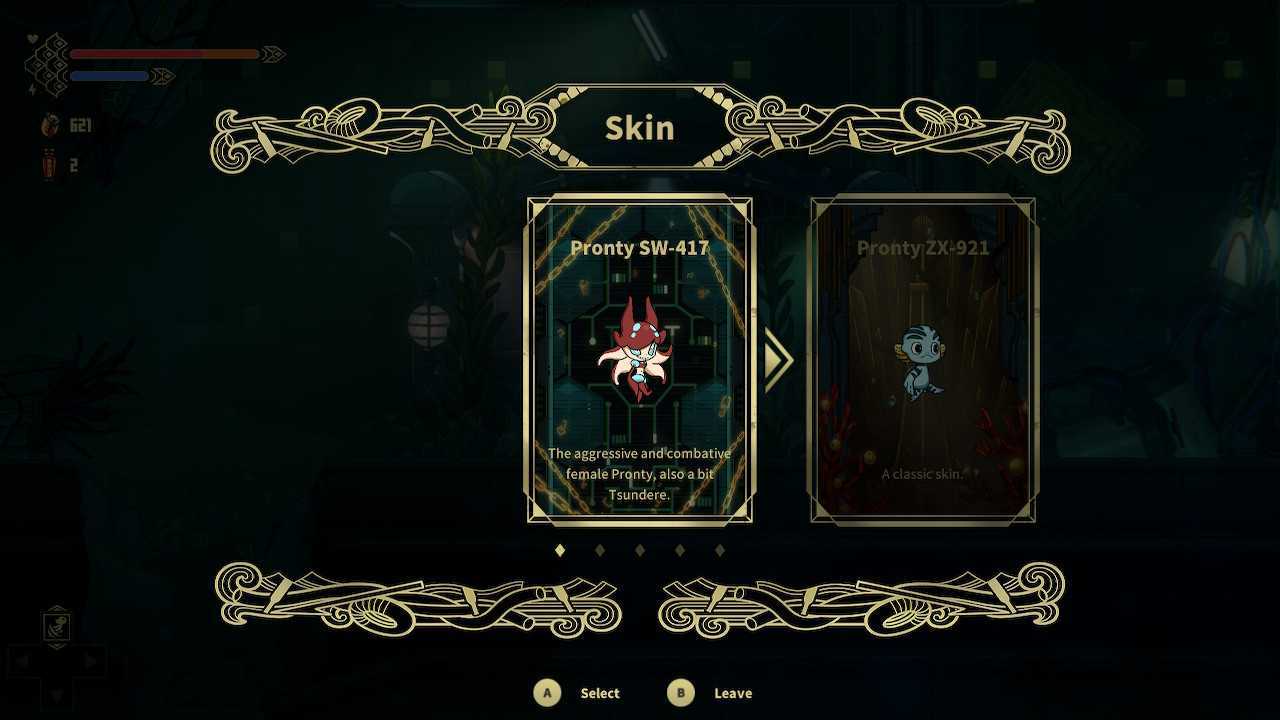
Seaside flag, banner of the verdict – Pronty review (Nintendo Switch)
We snorkeled just enough to see the whole thing from the surface, starting from graphics engine. Artistically we are at very high levels. While there is little leniency for the hand-drawn elements when the camera pans away from them, in most cases the ambitious vision of the game manages to give a highly…







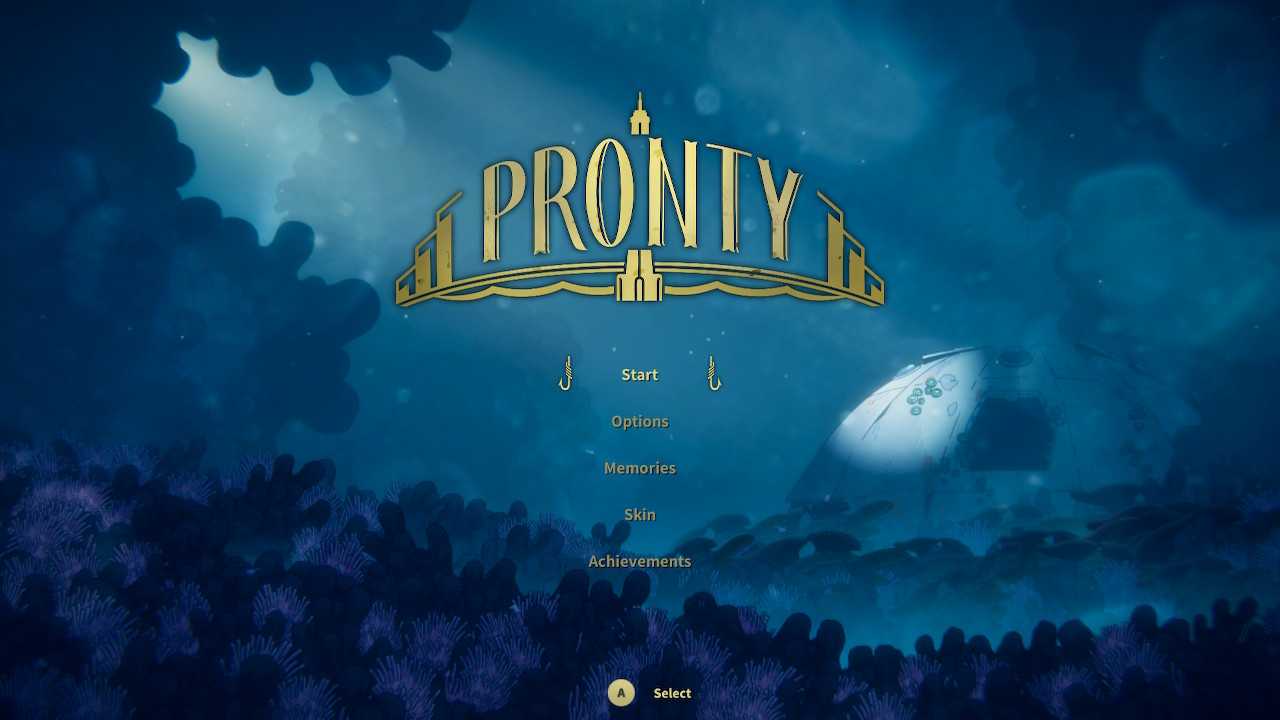




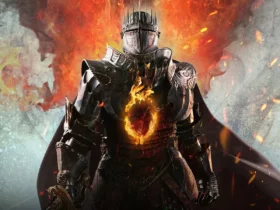

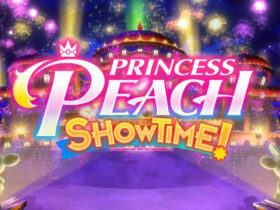
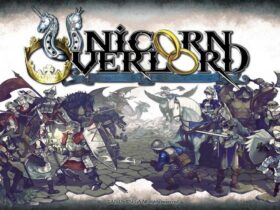
Leave a Reply
View Comments